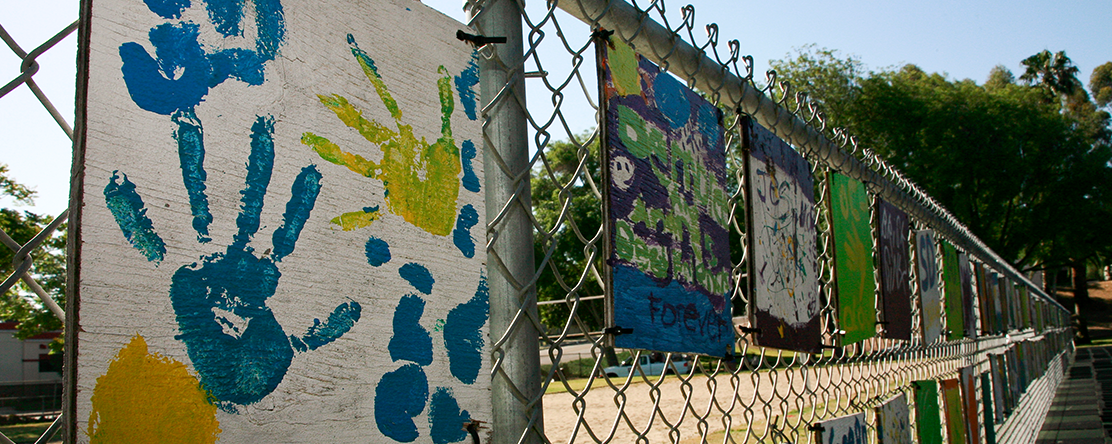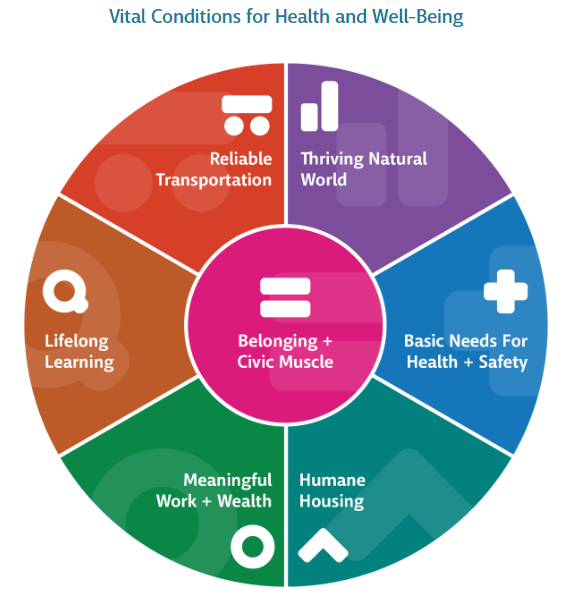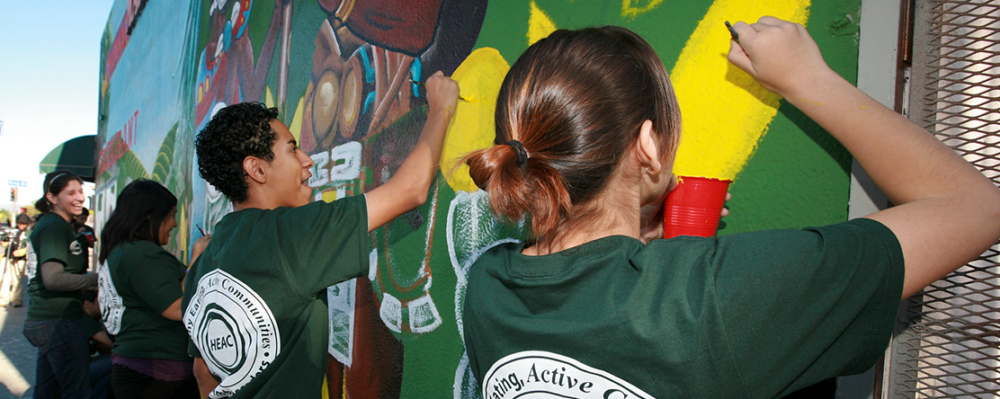
Public Health Primer: Engaging Community Development for Health Equity
- Build Healthy Places Network
National Association of Chronic Disease Directors
-
Focus Areas
Healthy Communities -
Issues
Community Development -
Expertise
Coalition & Network Building -
Programs
Build Healthy Places Network

A 2023 survey from the de Beaumont Foundation found that 81% of executives in public health agencies and 72% of state and local government public health employees believed addressing racism as a public health crisis should be part of their work. In May 2023, the Public Health Institute’s Build Healthy Places Network (BHPN) and National Association of Chronic Disease Directors (NACDD) held a thought leader roundtable gathering national, state, and local leaders to bridge a way for public health and community development sectors to work together advancing health and racial equity through upstream partnerships. The conversation focused on advancing health and racial equity and sparked cross-sector dialogues, illuminating a compelling role for public health in steering upstream investments alongside the community development sector.
This primer from BHPN and NACDD shares emerging themes and serves as a roadmap for nationwide cross-sector partnerships. This primer seeks both to create a starting point for the work and to challenge our perspectives of where race, health, and place intersect, and who are our partners in addressing the drivers of health.
explore the primerVital Conditions for Health and Well-Being
This primer employs the vital conditions for health and well-being as an organizing framework through which we can see the multisector nature of these drivers of health and the role for the community development sector as a partner in influencing health at the community-wide level. The vital conditions framework invites us to envision a holistic and community-based approach to health.
The vital conditions framework emphasizes the multifaceted nature of our systems that combine to impact community health. It also helps us think about what levers we can use for community change to improve spatial justice and overall well-being. In addition, it can be used to support the examination of how policies and practices have shaped the distribution of the vital conditions geographically.

We can’t address health equity without addressing racial equity.Roundtable Participant
Give power to the communities. Funders should give money to communities without asking about deliverables or indicators. They know what they need and have their own ideas, just give them the resources they need.Roundtable Participant
Encourage communities to share their stories. This will help strengthen data and center the human experience.Roundtable Participant
The system itself is so hard to work within because it takes more than 3 years to change the health outcomes of a whole nation.Roundtable Participant
Explore the primer to learn about these topics:
- Get Acquainted with the Sectors
- Getting to Know the Community Development Sector: Many public health practitioners wonder what the community development sector does versus community development activities that public health is more familiar with and often engages in.
- Getting to Know the Public Health System: The size, structure, authority, and function of health departments can differ. However, all health departments were created by a legislative grant and share the common goal of promoting and protecting health at the population level.
- Discover New Partners
- Ecosystem of Partners in Health: An early and crucial step in developing effective multisector relationships to advance racial and health equity is to identify your ecosystem of partners that you can connect with as you determine a shared vision with the communities you serve.
- Step Into Action
- Value-Based Conversations for Racial Equity: A shared challenge of the public health and community development sectors in advancing racial equity collaborations is grasping the technical challenge required to make deeper cross-sector collaboration successful and also comprehending the adaptive challenge of responding to the unique culture of each place. Expression of values may not always translate across differing geographical and political contexts, or across different sectors, so fostering value-based conversations is essential to creating the shared vision that drives collaboration, advances goals, and shapes policy.
- Multisector Partnerships:
- Moving Upstream While Centering Community Voice: Much of the capacity for collaboration across sectors is local and context-specific. While there are many common barriers faced by practitioners collaborating across sectors at the neighborhood level or farther upstream, they vary across social, geographical, and political context. Successfully navigating these barriers requires aligning strategy, financial resources, leadership, and community power to your context. There are no one-size-fits-all approaches.
- Tools and Resources for a Deeper Dive
- Frameworks, guidance, and strategies for centering health and racial equity in partnerships across public health and community development.
Originally published by Build Healthy Places Network
Work With Us
You change the world. We do the rest. Explore fiscal sponsorship at PHI.
Support Us
Together, we can accelerate our response to public health’s most critical issues.
Find Employment
Begin your career at the Public Health Institute.


